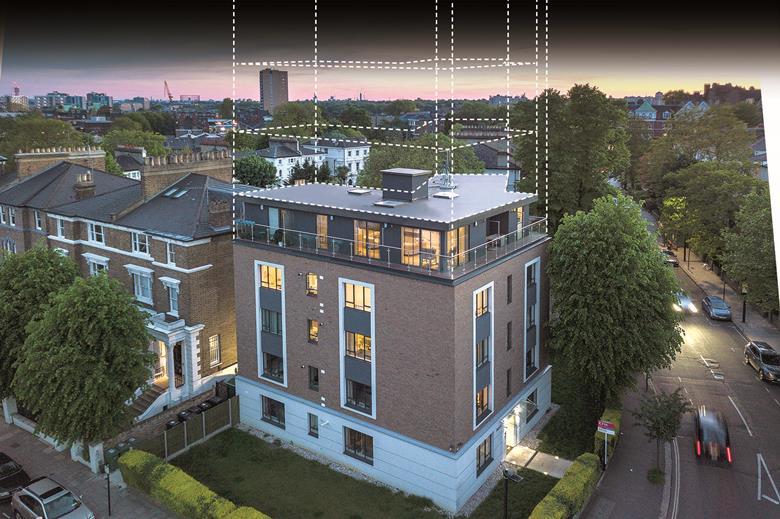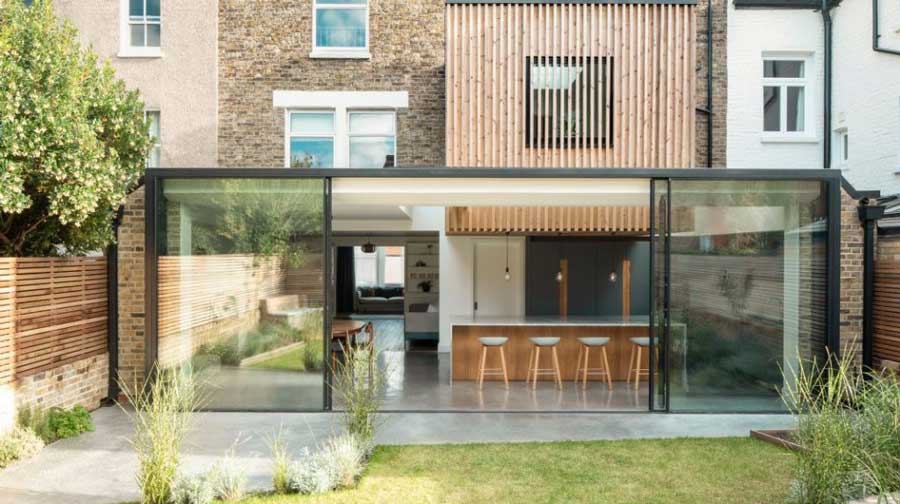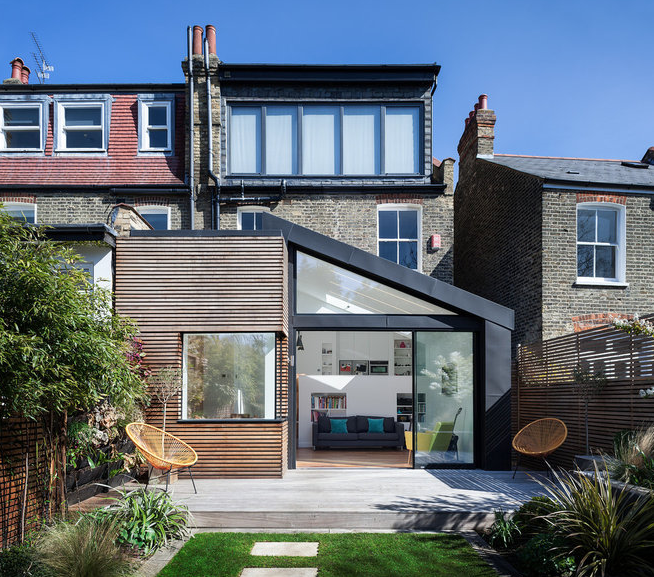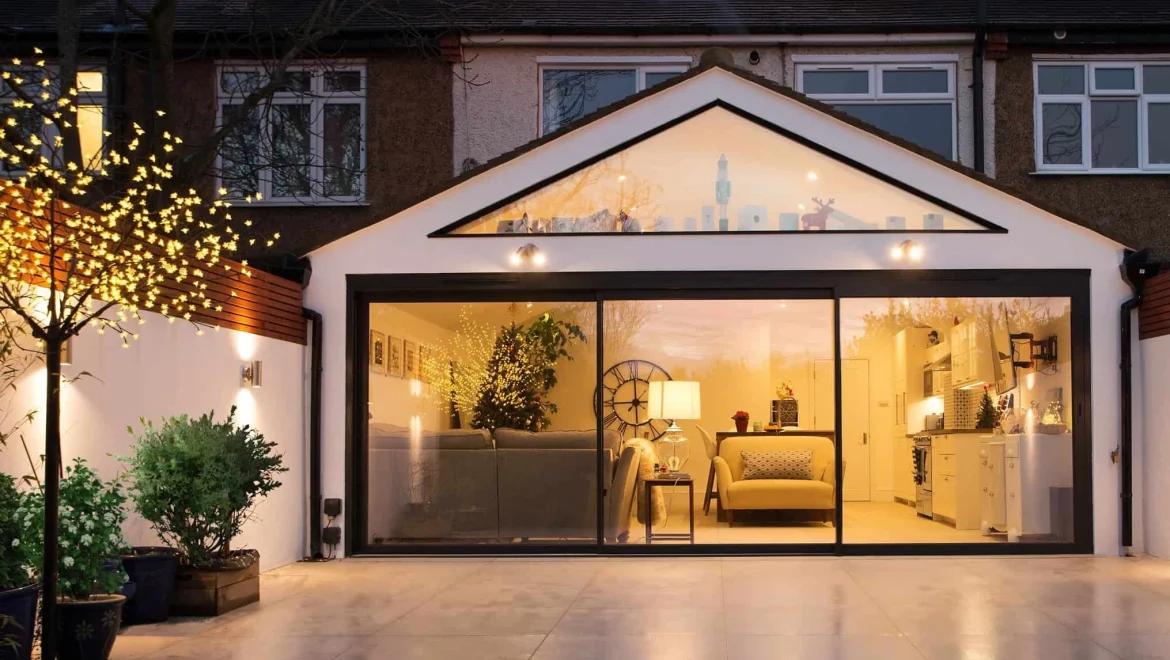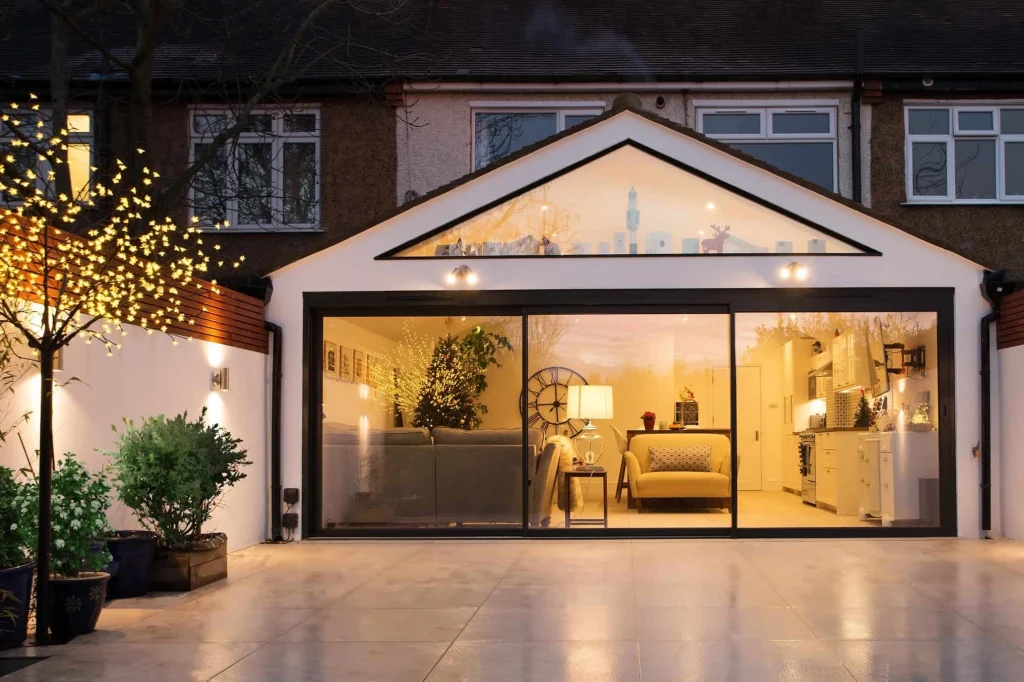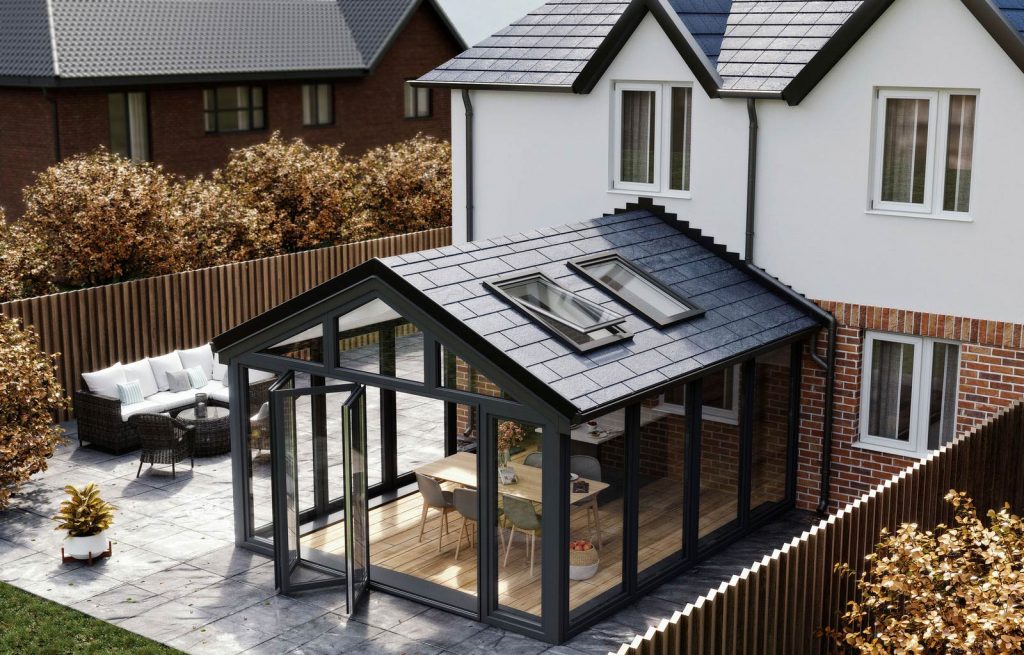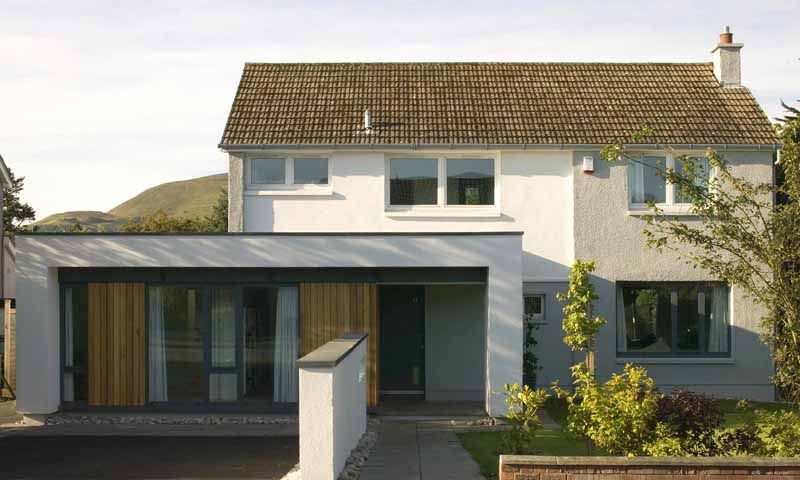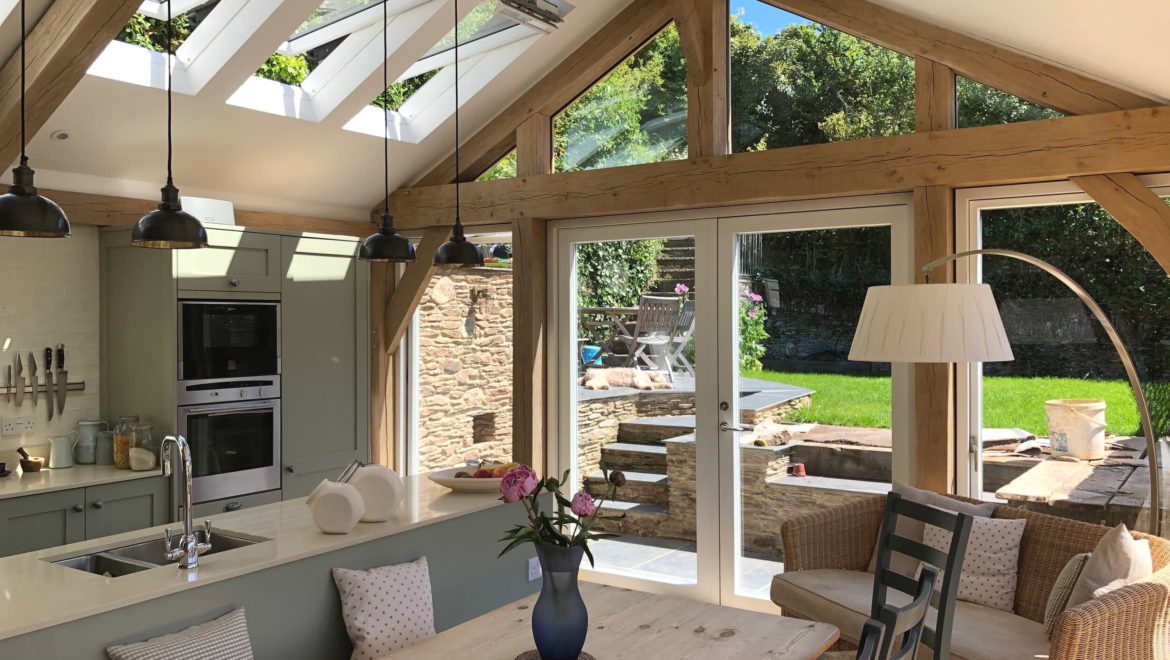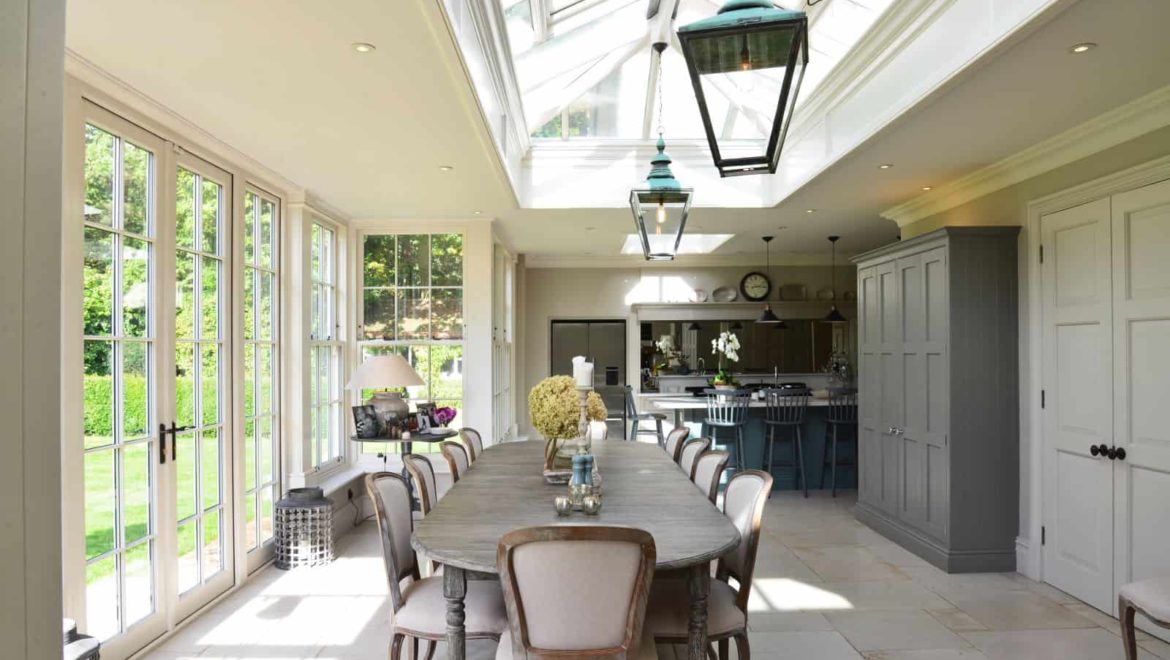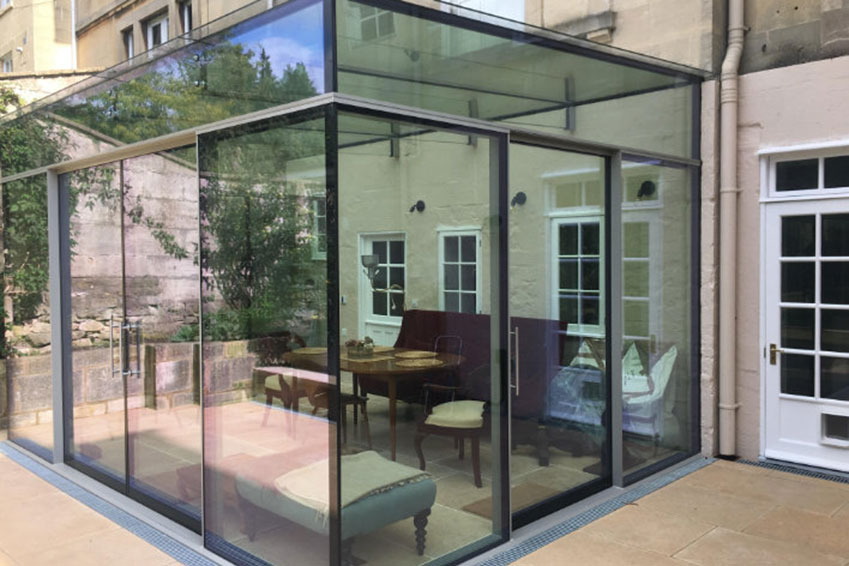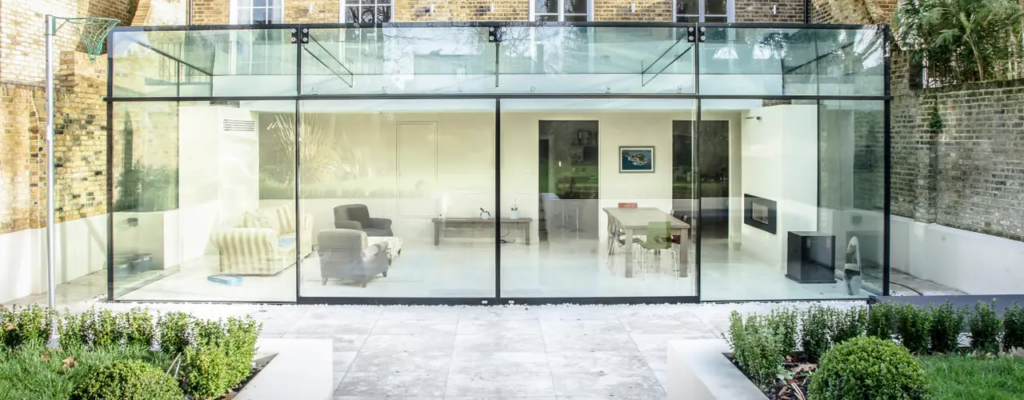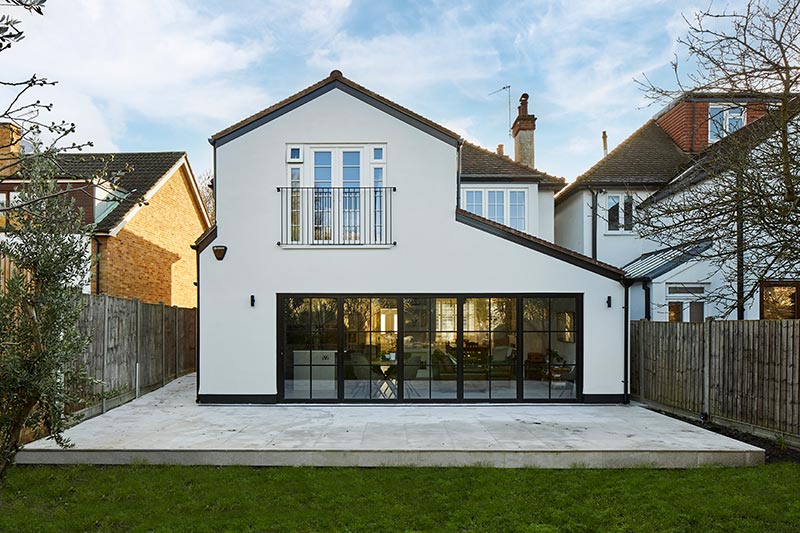Unlocking New Home Possibilities: Upward Extensions
Ever dreamt of adding extra space and value to your property without the hassle of seeking planning permission? Well, your dreams might just become a reality! With the advent of permitted development rights, homeowners, developers, and landlords now have the green light to embark on upward extensions, breathing new life into their buildings and creating much-needed homes. Join us on this exciting journey as we explore the ins and outs of upward extensions and how they can transform your property landscape.
The Logic Behind Upward Extensions:
With housing shortages gripping our communities, finding innovative solutions is more critical than ever. Enter upward extensions! The government, recognizing the pressing need for housing while also being environmentally conscious, encourages building upward rather than sprawling over precious green spaces. It’s a win-win situation – we tackle the housing crisis and preserve our natural beauty!
Can I Extend My House Upward?
The good news is that you most likely can! If your existing house boasts two or more storeys, you have the golden opportunity to add two extra storeys under the new permitted development rights. Even if your property is currently a single-storey building, fret not; you can still add one more storey through permitted development.
However, there’s a caveat. If your house has already undergone previous storey additions since its construction, you won’t be able to take advantage of these new permitted development rights. But don’t let that discourage you; there are still plenty of exciting possibilities!
Navigating the Planning Maze:
While permitted development rights offer a smooth path for many, there are exceptions. Houses built before 1948, properties within conservation areas, areas of outstanding natural beauty, national parks, and listed buildings will need planning permission to undertake an upward extension. But don’t let bureaucracy dampen your spirits; after all, good things are worth the wait!
Let’s Get Practical – Eligibility and Costs:
Now, let’s get down to the nitty-gritty of eligibility. If you reside in a terrace, you can elegantly extend up to 3.5 meters above the rest of your row. Semi-detached house dwellers with two or more storeys can reach for the skies and add two storeys. As for bungalow owners, you can still take your property to new heights, but you’ll be limited to a single additional storey. Remember, the new roof should match your existing one, keeping your home’s charm intact.
Concerned about the costs? While they can vary depending on several factors, budgeting around £50,000 – £70,000 for a one-storey extension and £80,000 – £100,000 for a double-storey extension is a good starting point. But don’t forget, with these extensions come added space and increased property value – talk about an investment worth making!
Conclusion:
Upward extensions and permitted development rights have opened up exciting new possibilities for homeowners, developers, and landlords alike. Tackling the housing shortage without compromising our natural surroundings is an achievable feat, and you can be a part of it! Embrace the potential of upward extensions and let your property soar to new heights, both in space and value. Whether you’re a homeowner seeking extra room or a developer with grand visions, the sky’s the limit with permitted development rights!
